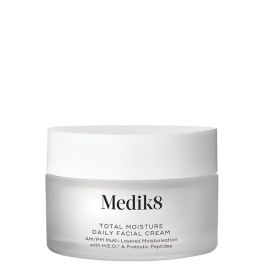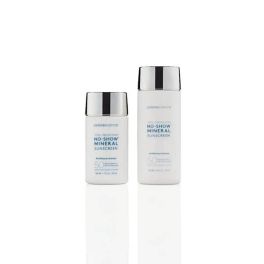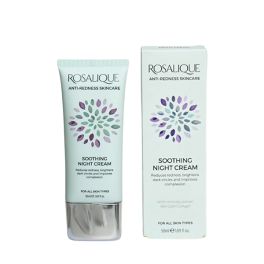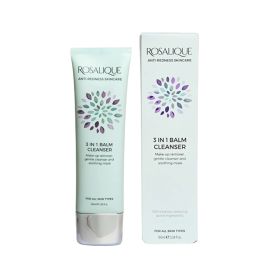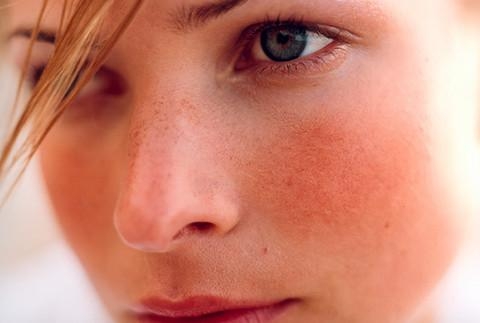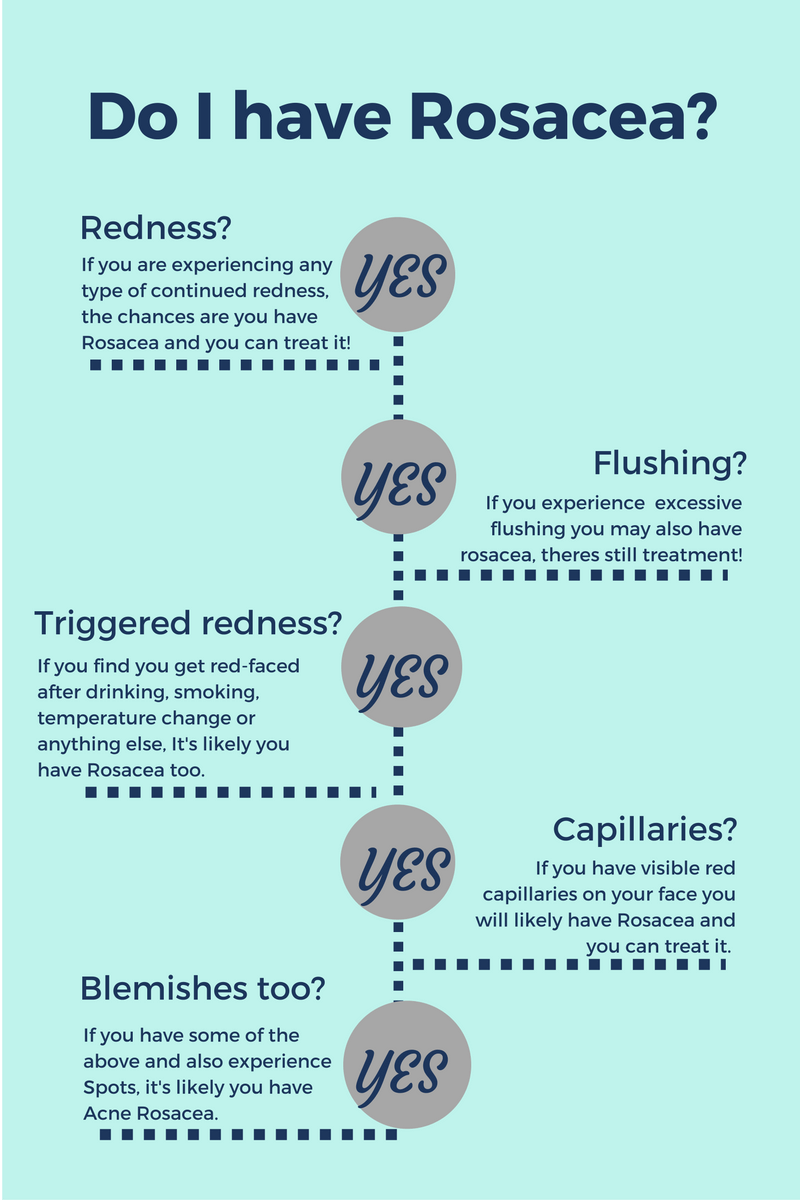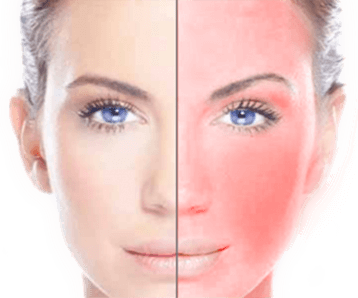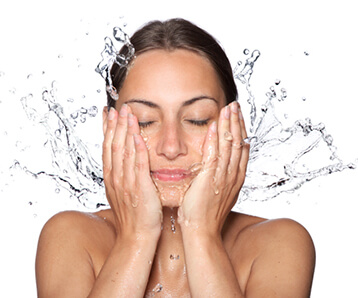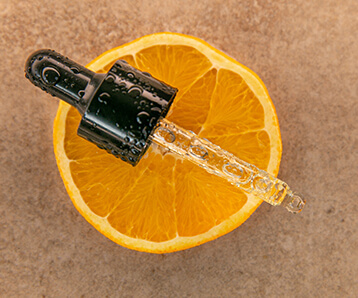Find out the Signs and Symptoms of Rosacea Posted on 25 Jul 2011
Symptoms of Rosacea
Rosacea is a condition that most commonly affects fair-skinned people between the ages of 30 to 50. Symptoms can vary, are often intermittent and can include:
• Facial redness, flushing and red bumps
• Small dilated blood vessels (telangiectasia) most often on the cheeks, nose, chin or forehead.
• Skin on the face feels sensitive, and can burn or sting.
There are four sub-types of rosacea:
1. Erythematotelangiectatic type rosacea • often exhibits a persistent flushing, or redness, with the possibility of visible blood vessels and often have extremely sensitive skin.
2. Papulopustular type rosacea • persistent redness, bumps and pus-filled lesions, that often leads it to being confused as acne vulgaris.
3. Phymatous type rosacea • thickening of the skin because of an excess of tissue and an irregular epidermal texture.
4. Ocular type rosacea • eye problems making eyelids irritated, red, swollen, and uncomfortable.
While the exact cause of rosacea is unknown, several triggers have been identified that may make the symptoms worse in some people. These include exposure to sunlight, cold weather, hot drinks, alcohol, certain foods and stress. Identifying and avoiding the triggers of rosacea can be useful way of controlling the symptoms. It's important to protect your skin from triggers before an outbreak occurs:
• Avoid excessive sun exposure and always wear sunscreen with SPF 20 or higher on a daily basis.
• Don’t eat hot or spicy foods.
• Stay out of the hot tub or sauna.
• Shield skin from extreme weather, including wind and cold.
• Don’t wash skin with hot or extremely cold water.
• Avoid harsh exfoliants, paraffin masks and steam treatments.
• Use products intended for sensitive skin.
There's no known cure for rosacea, however the symptoms can be controlled and improve significantly by using proven skincare treatments. This may include a gentle and effective skincare regime, daily sun protection containing products with zinc oxide or titanium dioxide, antibiotics and possibly laser treatments and/or photo-rejuvenation therapy (red light).













